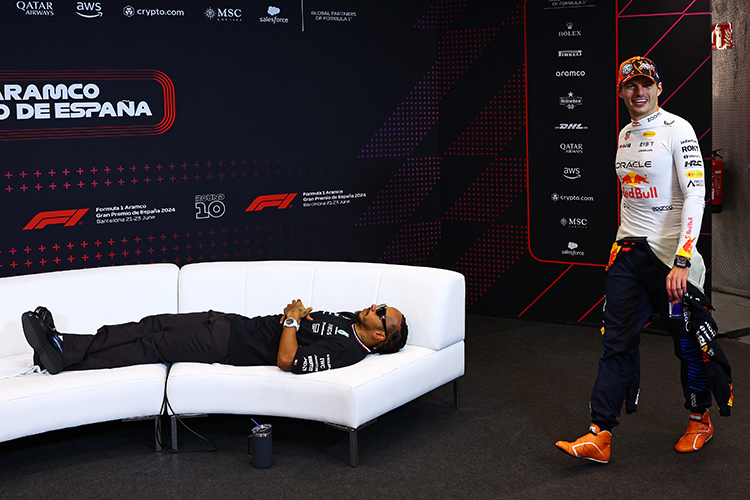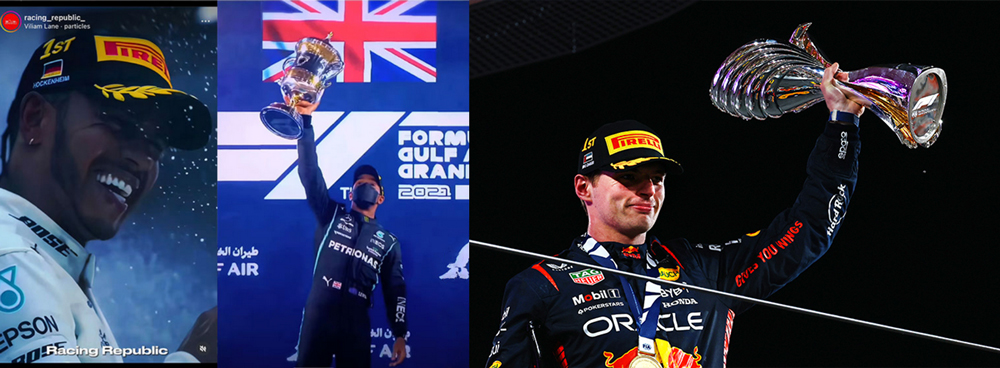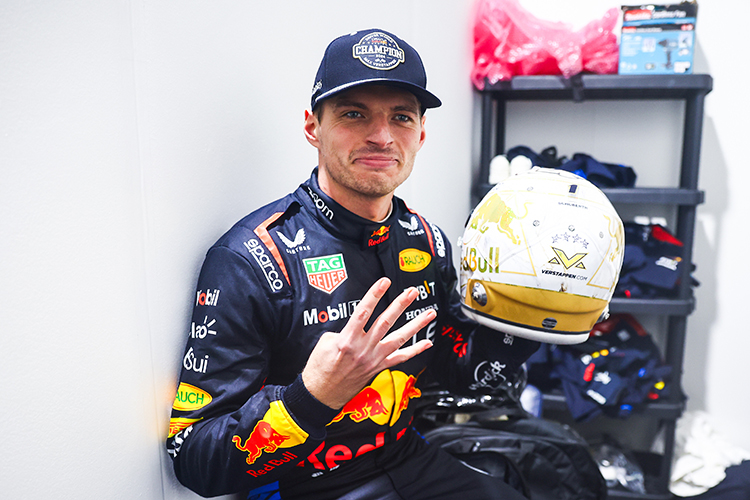Paddock Precision: How F1 Teams Ready the Car Before Every Session
Paddock Precision: How F1 Teams Ready the Car Before Every Session
Inside the Paddock: How Formula 1 Teams Prepare Their Cars Before Each Session—Minute-by-Minute Setup Changes, Tyre Strategy, Fuel and Systems Checks, and Final Scrutineering
Walk into a Formula 1 garage an hour before the green light and it feels like a ballet performed with torque wrenches. Tyre blankets glow like heaters in a studio. Laptops blink, cooling fans hum, and a dozen people orbit two cars with one shared obsession: make them fast, legal, and reliable—now.
What follows is the choreography you don’t see on TV: the minute-by-minute routine that turns two complex prototypes into weapons, ready for practice, qualifying, or lights out on Sunday.
The cast and the clock
- Race engineer: the driver’s voice in the storm; owns the run plan and setup direction.
- Performance/vehicle dynamics engineers: crunch the data; advise on aero balance, tyre windows, and ride heights.
- Strategists: choose tyre sets and run timing; play chess with weather, traffic, and rivals.
- Chief mechanic and crew: build spec, torque checks, quick-change adjustments, pit stop drills.
- Power unit and control systems engineers: engine modes, ERS deployment, gearbox and clutch checks.
- Tyre technicians: prepare, heat, pressurize, and barcode the rubber; guard the working ranges.
- FIA scrutineers: legality, tyres, and occasional weighbridge calls; the law in the lane.
Session context shapes everything
- Free practice: wide freedom. Teams try parts, map the track, and swing setup more aggressively.
- Qualifying: parc fermé looms. After the start of Q1, major setup changes are frozen. Only limited adjustments (like front wing angle) are typically allowed without a penalty.
- Sprint weekends: parc fermé kicks in right after FP1, so the car must be near race/qualifying compromise earlier than usual.
- Race: fuel, brakes, and cooling take center stage; tyre choice is strategic but constrained by what sets remain and by the rules.
The run plan: a script with ad‑libs
Before any wheels roll, each car has a time-stamped run plan—install laps, baseline runs, performance sims, long runs, cool-downs, and data sprints. It’s flexible by design, ready for curveballs like a red flag, a wind shift, or a weighbridge summons.
Minute-by-minute: a practice session (FP1/FP2/FP3)
T‑120 to T‑90: build spec and baselines
- Mechanics complete the car’s “build sheet”: verified component IDs, torque marks, fluids, and safety pins.
- On the team’s setup pads, the car is leveled; ride heights and corner weights are set. The “rock and settle” routine ensures the suspension is at true static height.
- Aero and suspension baselines: front/rear wing levels, flap angles, camber/toe shims, heave spring and ARB settings. Early FP1 may include instrumented parts (flow-vis paint, aero rakes) for correlation runs.
- Cooling and brake options are chosen for the day’s temperatures: brake duct blanking, radiator louvre options, and beam wing tweaks—big items are locked in before parc fermé.
T‑90 to T‑60: tyres, weather, and strategy
- Strategists confirm tyre sets and the order they’ll be used: scrubs or new, with a plan for short “performance” runs vs. longer “deg” runs. Tyre blankets heat tyres within the mandated temperature range; pressures target the Pirelli minimums for the event.
- Weather and track evolution briefing: wind direction, gusts, cloud cover, and expected grip ramp. This steers wing level tweaks and differential/brake migration maps.
- The driver huddle: objectives for the run, out-lap targets (tyre warm-up sequences), lift points for fuel saving if needed, and system switchology.
T‑60 to T‑40: systems online
- Power-on checks: ECU boots, sensors zero, comms verified. Hydraulic cycles and brake-by-wire tests ensure the car can produce consistent brake pressure and migration.
- Gearbox and clutch: bite point find, upshift/downshift calibration, and a practice launch in the garage (wheels off the ground).
- ERS/energy: MGU-K/H deployment maps and harvesting limits set for each run type; delta warnings for VSC/SC are confirmed on the wheel.
- Radio, visor tear-offs, drinks system, helmet cooling—the little things that become big problems if missed.
T‑40 to T‑20: fuel and fire‑up
- Fuel load is measured to the gram according to the run length with margin for in/out laps; teams stay within the FIA fuel temperature rules.
- “Hot” fire-up: the power unit is pre-lubed, fuel system pressurized, then the engine fires. Engineers watch oil pressure, lambda, misfire counters, and voltage stability.
- Brake warmers spool heat into calipers and discs; duct choices are validated against predicted peak temps.
T‑15 to T‑5: roll-out readiness
- FIA may call the car to the weighbridge via a pit-lane light; if so, the driver must stop for official weighing before returning to the garage.
- Final setup nudges: a quarter-turn of front wing here, a click of diff entry there, and pressure tweaks as tyre blankets work their magic.
- Wheel guns and nuts are inspected; backup guns are staged. Pit stop systems are hot.
Green light: the out-lap
- Pit exit tyre barcode scan confirms legal sets. The driver executes a prescribed warm-up: surface scrub, core heat, and brake temperature build—carefully, to keep pressures in the window.
- Install lap telemetry: engineers check aero balance, steering torque, brake temps, ERS health. Any warning triggers an immediate pit call.
Between runs
- The car is jacked up and cooled; tyre blankets go back on. Data pulls inform the next change: ride height shims for bottoming, flap angle for mid-corner balance, or a rear wing tweak for DRS sensitivity.
- The pattern repeats with purpose: baseline → change → compare. The clock is everything.
Minute-by-minute: qualifying
Qualifying is a sprint with a stopwatch and a rulebook. Once Q1 begins, parc fermé locks down spec. Teams aim to hit the grip peak, the traffic hole, and the wind lull at the same time.
T‑120 to T‑60: parc fermé spec finalization
- The car is set to the overnight-approved configuration. Big items are frozen: springs, dampers, wings, cooling. Small levers remain: front flap, tyre pressures, differential and brake maps, and minor shims if allowed.
- Tyre strategy is mapped: which sets for Q1/Q2/Q3, how many push laps, and whether to do a cool-down/second push on the same set.
T‑60 to T‑30: track reads and timing games
- Competitor programs are projected to avoid traffic; engineers monitor evolving grip sectors to time the run when the rubber is best but temperatures aren’t spiking.
- Drivers rehearse the push-lap sequence: energy modes, lift points to save battery on the out-lap, and how to avoid impeding or being impeded.
T‑30 to T‑10: fire-up and bite points
- Fire-up and full systems checks; clutch bite point re-checked for a clean release from the pit box.
- Brakes are warmed precisely; glazing a disc now ruins the session.
Q1/Q2/Q3: execute, adapt, advance
- Cars often run banker laps first, then a later push as the track peaks. Tow games, yellow flags, and weighbridge calls add chaos.
- Parc fermé remains in force; post-session checks are about legality and reliability. Get it wrong and you start from the pit lane.
Minute-by-minute: race day and the grid
Race Sunday is part engineering, part ritual. The stakes are different: fuel mass, cooling margin, and brake life outweigh ultimate peak downforce.
T‑180 to T‑90: fuel, cooling, and confidence
- Fuel load is set for race distance with strategy’s planned lift-and-coast and safety car probabilities baked in. Teams must meet FIA fuel temperature rules before leaving.
- Brake and cooling packages are confirmed for ambient conditions; teams may open/close cooling louvres within what parc fermé permits.
- Strategy finalization: start tyre, pit windows, undercut/overcut triggers, and plan B, C, and D.
T‑60: reconnaissance laps
- When the pit lane opens, cars head out for a systems check and grid feel. Drivers report wind balance and bite point; engineers verify clutch, temps, and harvesting.
- Back on the grid, cooling fans go in; tyre blankets return; the front wing might get a tiny trim for balance.
T‑40 to T‑10: grid precision
- Tyre barcodes are verified. Strategists watch rivals’ starting compounds and adjust early pit windows.
- Final radio checks, drinks bottle, and visor choice depending on sun angle and spray risk.
- At the 10/5/3-minute marks, garage-to-grid protocols kick in: remove tyre warmers, clear tools, power down starter kits, and leave the car to the driver and a few essentials.
Formation lap to lights out
- The driver performs a precise tyre and brake warm-up routine; energy is primed for launch.
- On the grid: bite point set, mode selected, focus tunnelled. The dance becomes a sprint.
What changes do teams actually make?
Within the rules and the time, teams nudge the car toward the target balance window:
- Aero balance: front flap angle, gurney trims, small wing level changes (pre-parc fermé).
- Suspension geometry: camber/toe shims, ride height packers, anti-roll bar blades, heave spring preload.
- Differential and brake maps: entry/mid/exit locking, brake migration curves for changing fuel mass and tyre grip.
- Power unit and ERS: deployment modes tailored for push laps, race defence, or overtake.
- Tyre pressures: tuned to hit the sweet spot after the warm-up, compliant with event minimums.
Tyres: the ticking clock inside the clock
- Selection: new vs. scrubbed sets, matching the compound to grip evolution and run length.
- Heating: blankets keep core temps consistent; out-lap sequences tailor surface and core alignment.
- Pressures: set with dry gas (commonly nitrogen) to keep moisture out and behaviour predictable. Pressures rise with temperature; the aim is to arrive at the first braking point in the window—not before, not after.
- Life management: front graining and rear thermal deg are tamed by small balance tweaks and driver inputs.
Fuel and fluids: invisible performance
- Every gram matters. Practice runs use tightly measured loads for correlation; race day packs the strategic mass.
- Temperatures and legality: fuel must conform to FIA temperature rules before the car runs.
- Oils, hydraulic fluid, and coolant are conditioned; leaks are deal-breakers under parc fermé.
Systems checks: “no surprises” engineering
- Sensors zeroed and cross-checked. If one drifts, the team leans on redundancy.
- Gearbox and clutch reliability checks—especially after curb-heavy sessions.
- Safety: marshalling system and delta targets for VSC/SC tested; radio clarity verified.
- Telemetry and logging: if RF is patchy, the car still records for post-run analysis.
Scrutineering and legality: the ever-present referee
- Electronic self-scrutineering: teams declare compliance at the start of the event.
- Weighbridge: the FIA can call a car at any time in practice and qualifying; miss it and you risk penalties.
- Tyre barcodes: scanned on exit to ensure correct allocation use.
- Post-session: random deep checks can include plank wear, wing flexibility, floor geometry, and weight. Parc fermé infringements push you to a pit-lane start.
Curveballs the garage expects
- Weather flips: quick front wing and pressure adjustments to chase a rain line or dropping temps.
- Red flags: tyre temps fall; decisions pivot to save sets or chase track position.
- Traffic: alternate out-lap plans and tow strategies are ready.
- Weighbridge call: practice plans adapt on the fly to recover lost out-lap prep.
Why some teams leave early—and others late
- Early: clean air for out-lap prep, less risk of impeding, guaranteed warm-up routine.
- Late: peak track evolution, potential tow, rubbered braking zones—if you escape traffic and yellow flags.
The poetry of preparation
From the outside, it’s nuts, bolts, and laptops. Inside, it’s a rhythm: measure, adjust, verify; heat, pressure, balance; confirm, commit, release. In the seconds before a car rolls, the garage briefly falls quiet—one last breath. Then a bark of V6, blankets off, the car drops, and the ballet becomes a sprint.
That’s paddock precision: thousands of decisions funnelled into a green light, repeated six or seven times across a weekend, always under the clock, always under the law, and always hunting for the next hundredth.
Up Next



